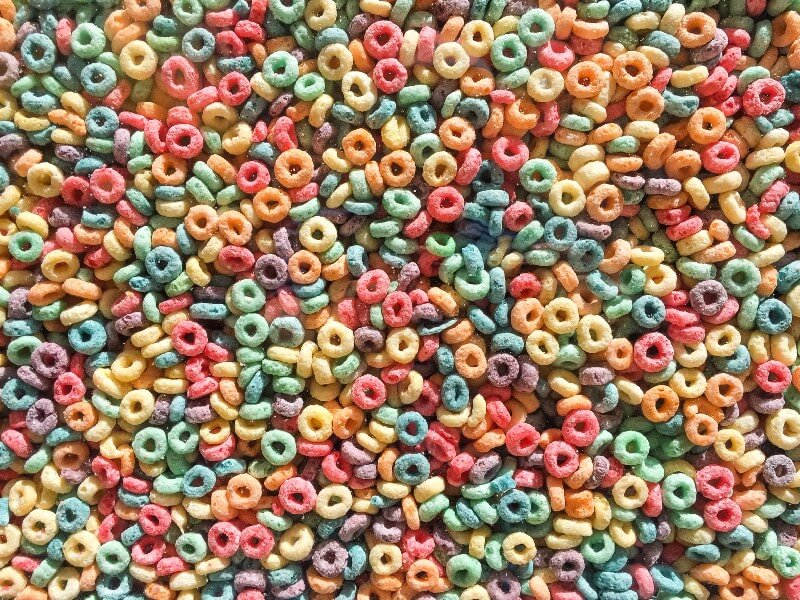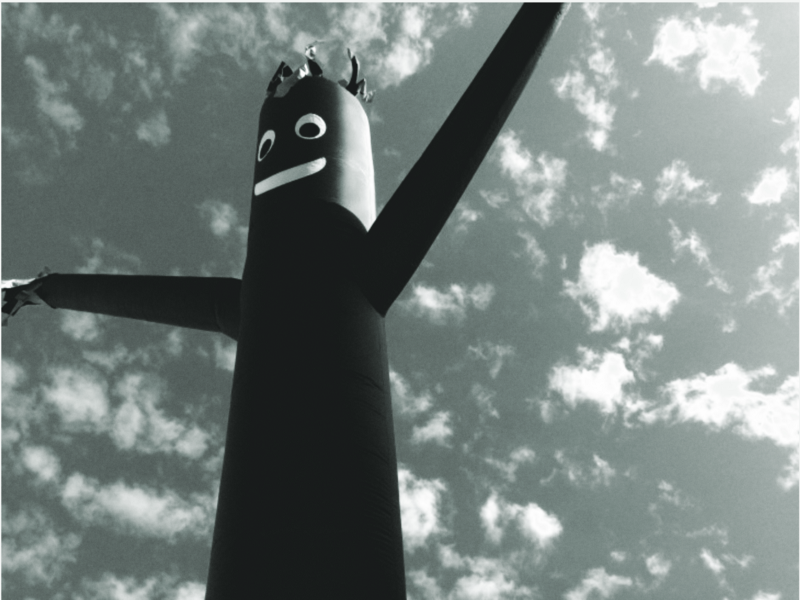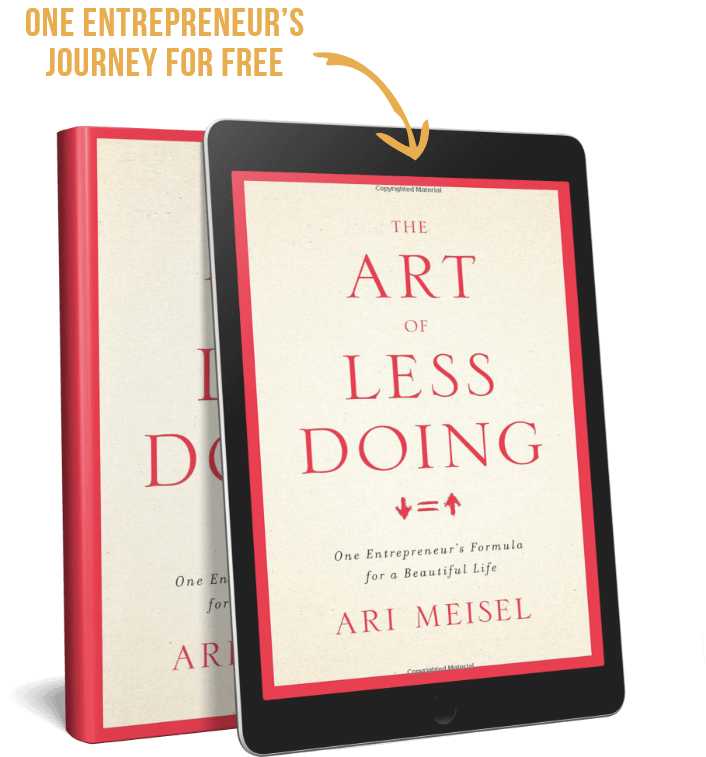There are two kinds of people in the world (and in my house as well.)There’s the type of person who pours the milk on the cereal and the person who puts cereal over the milk. It’s two actions that lead to the same result, regardless of the order.
Now, you might not think it matters, but it does, to everybody, especially me. It made me think about processes in general, as I was watching my children all do it the wrong way this morning.
Milk first, I mean really.
We all have methods to the way we do things. We’ve never questioned them because it’s the way we’ve always done them. But there’s always a reason. So when you explain processes to people, it’s so important to show the thinking, show “the why.”
The only way to do that is to have someone else interpret it. That’s why we created the POS system. (Process Optimization System).
Here’s the infographic.

As is usually the case, implementing this process on process will lead to a bigger question. Because, aside from the cereal thing, I think the world is really divided into two distinct groups of people. — those who engage and those who disengage. The disengagers are the folks who retreat into ”We’ve always done it this way.” The Engagers are those who say, “Well I never looked at it like that.”
I think that we go through seasons where those things might change. We may be hard-wired a certain way, but life gives us endless opportunities to see things from another perspective. So, if you look at the activities in your day, try to think how can you put the activity that you’re doing into one of those two boxes. The salient part of the questioning is that it might not be what you think it is. It’s why it’s such a good exercise.https://upscri.be/6892b4?as_embed=true
When I completely delegate something to one of my teammates, some people would that’s disengaging, but maybe not. When I allow myself to take 72 hours away from my phone, it may look like disengaging, but is it? It’s like the old Buddhist story about the farmer.
There was a Chinese farmer whose wild stallion ran off one day. All the neighbors gathered around saying “Very bad luck.” The Chinese farmer said, “bad luck, good luck, who knows?” A few days later the stallion returned with a herd of wild horses. The neighbors gathered around saying “Very good luck.” “Bad luck, good luck, who knows,” said the farmer. A week later the farmer’s son was trying to break in one of the horses and was thrown from the horse and broke his leg. The neighbors gathered and said “Very bad luck.” “Bad luck, good luck, who knows,” said the farmer. Several weeks later the Chinese army came to the town looking for able-bodied youth to join the army and fight. When the soldiers came to the farmer’s house and saw the boy’s broken leg, they left him alone and moved on. The neighbors gathered saying “Very good luck.” “Bad luck, good luck, who knows? answered the farmer”
It’s like all the precepts of The Replaceable Founder methodology, non-attachment does not mean disengaged, it means letting things be. Then and only then can we make informed decisions about the next step. How we choose to proceed depends on our wiring, and there are many paths to the same destination. My rallying call for you is to actively look for ways to disengage, so you can engage in the things you love.
And for goodness sake, the cereal goes in first, the milk follows.




